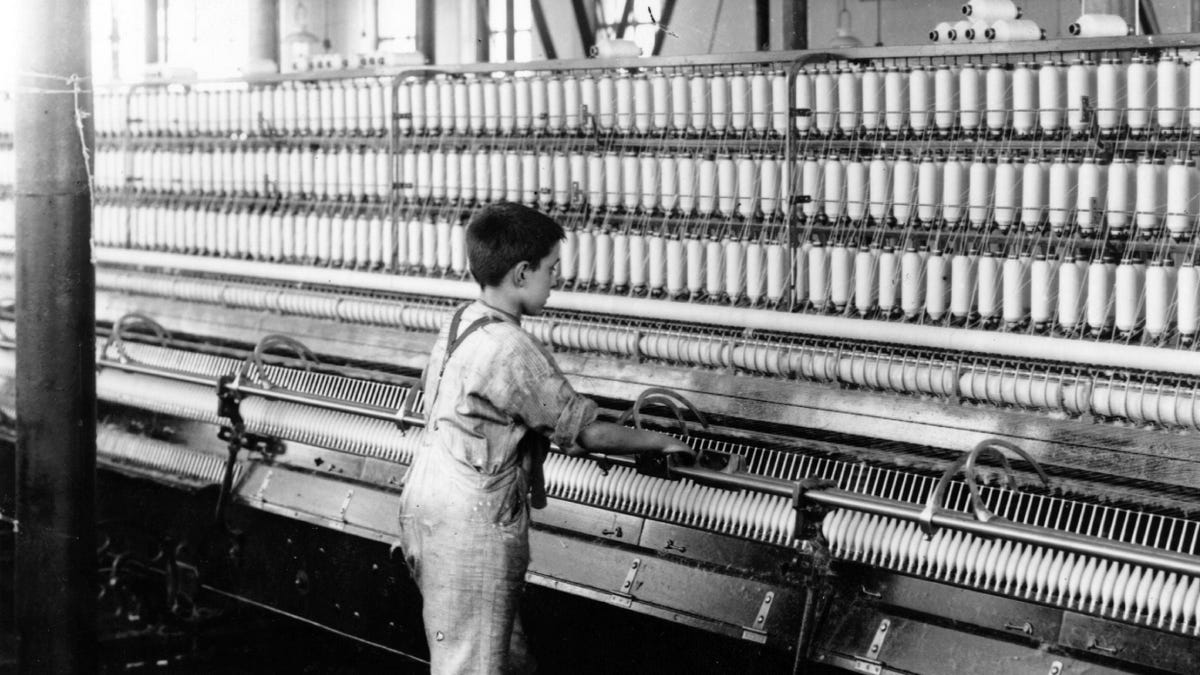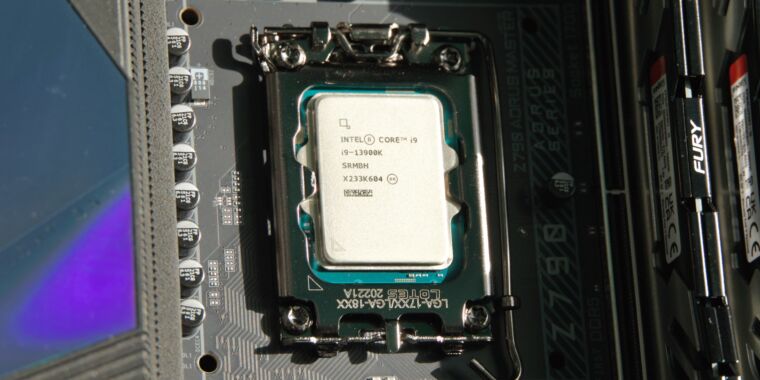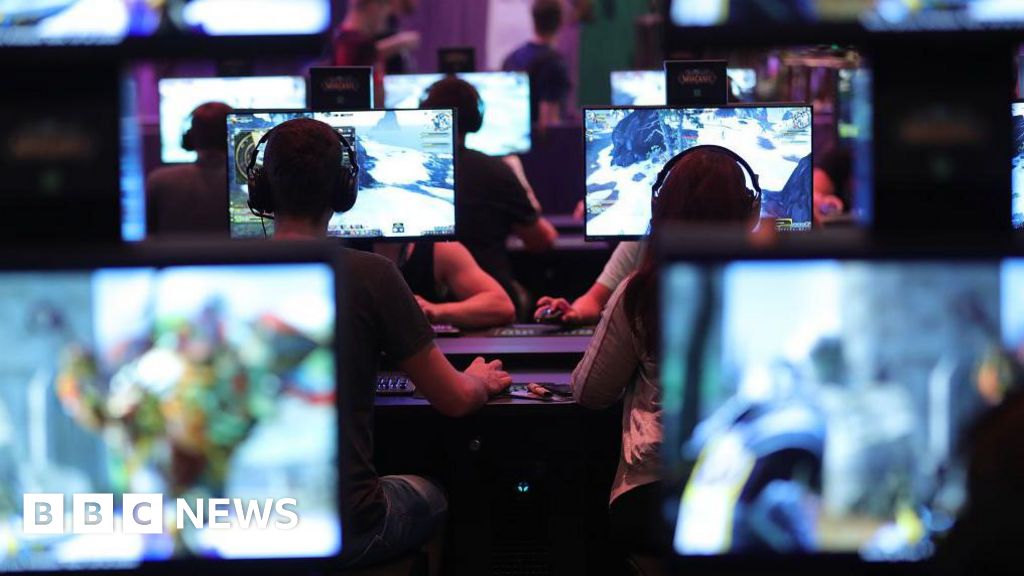Baca Juga:
Distribution
In the ever-evolving world of technology, automation has become a crucial component for businesses looking to streamline their operations. However, not all forms of automation are created equal. In fact, some so-called “automated” processes may actually be powered by humans working behind the scenes. This phenomenon is known as the “Mechanical Turk” model, where individuals perform tasks that are then presented as being completed by a computer algorithm.
10 Modern ‘Mechanical Turks’
While the concept of the Mechanical Turk dates back to the 18th century, the practice has evolved in recent years with the rise of online platforms that connect businesses with individuals willing to perform tasks for a fee. These individuals, often referred to as “Turkers,” are typically paid per task completed, with the overall goal being to complete a large number of tasks quickly and efficiently.
Evolution of the ‘Mechanical Turk’
The term “Mechanical Turk” was first coined in reference to a chess-playing machine that toured Europe in the late 18th century. The machine, which appeared to play chess autonomously, was eventually revealed to have a human operator hidden inside. Today, the term is used more broadly to describe any situation where human intervention is disguised as automation.
Opportunities and Challenges
While the rise of the Mechanical Turk model has created new opportunities for businesses to outsource tasks and reduce costs, it has also raised concerns about the exploitation of workers and the quality of work being produced. Critics argue that the model can lead to low pay, poor working conditions, and a lack of job security for individuals performing tasks.
The Future of Automation
As technology continues to advance, the line between automation and human labor will likely become increasingly blurred. Businesses will need to be vigilant in ensuring that their automated processes are truly automated, rather than relying on human labor disguised as machines. Ultimately, the goal should be to find a balance between efficiency and ethical labor practices in the ever-changing landscape of automation.

Baca Juga:
- Instagram enhances DM experience with new features
- Scientists announce groundbreaking solution for dengue in Brazil with genetically altered mosquitoes
- Mysterious Particle Found in Air Poses Risk for Alzheimer’s Development
- Mario fans treated to a trip down memory lane with Nintendo’s latest Switch trailer
- New Exoplanet with Similar Size to Saturn Found by Astronomers










+ There are no comments
Add yours